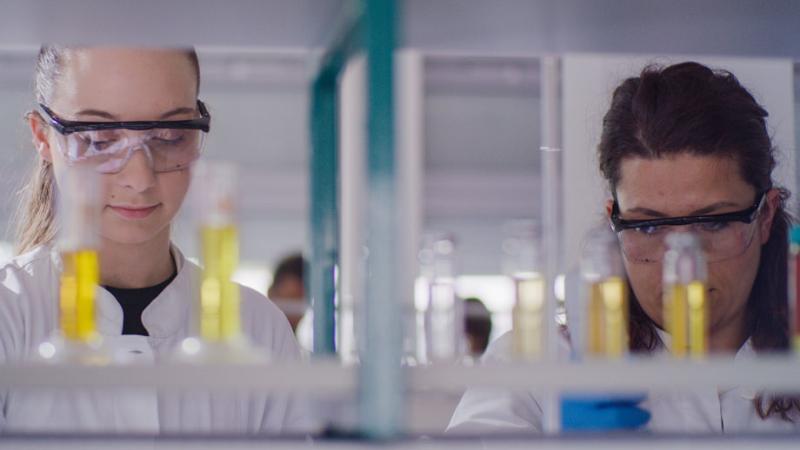Nanostructured and functional polymeric materials (NanFun)
The NanFun project aims to foster collaboration between industry and academic research institutions in the realm of nanotechnology, both basic and applied.

Abstract
The NanFun project aims to foster collaboration between industry and academic research institutions in the realm of nanotechnology, both basic and applied. The consortium includes the Faculty of Chemical Engineering and Technology at the University of Zagreb, the KONČAR Electrical Engineering Institute, and the Croatian Science Foundation. The project is funded by the Institute (one-third) and the Croatian Science Foundation (two-thirds), with a total budget of HRK 1.5 million over three years.
This initiative is part of the HRZZ Partnership in Fundamental Research, which seeks to enhance investments in basic research at Croatian universities, public institutes, and other scientific institutions through public-private partnerships.
The NanFun project has several key objectives: advancing the field of nanotechnology, creating materials with unique and specific properties, training highly skilled experts to drive economic development and foster collaboration between research institutions and industry.
The primary scientific and practical goal is to develop nanostructured polymer materials (carbon nanotubes/functional copolymers) with properties that dampen noise and sound, making them suitable for use in KONČAR Group rail vehicles.
The research involves the synthesis and preparation of nanostructured and functional polymer materials using alkyl methacrylates, styrene, functional comonomers, and carbon nanotubes. These materials will be characterized in terms of composition, structure, and special properties, targeting applications such as self-cleaning and vibration and sound damping. By varying the proportions of specific alkyl methacrylates (methyl, hexyl, dodecyl, octadecyl) in the copolymers, researchers can modify the mobility of macromolecular segments, the glass transition temperature of the polymer (from -100 to 100 °C), the plasticity/elasticity ratio, and the electromagnetic properties, ranging from predominantly polar to nonpolar (hydrophobic).
Through detailed modelling and analysis of these properties, the project aims to develop materials with optimal characteristics for specific applications. The inclusion of small quantities of functional monomers such as dimethylaminoethyl methacrylate and tetrahydrofurfuryl methacrylate will introduce new properties and enhance existing ones, resulting in materials with improved mechanical properties, adhesiveness, chemical stability, and solubility. A significant part of the research will involve developing methods for preparing nanocomposites based on alkyl methacrylate/functional copolymers and multiwalled carbon nanotubes (MWCNTs). By modifying MWCNTs with alkyl groups up to C18 through esterification, the project aims to achieve a homogeneous structure and molecular-level compatibility within the polymer nanocomposite. This will result in materials with superior properties for various applications.